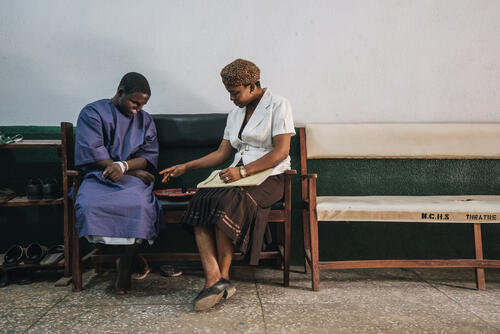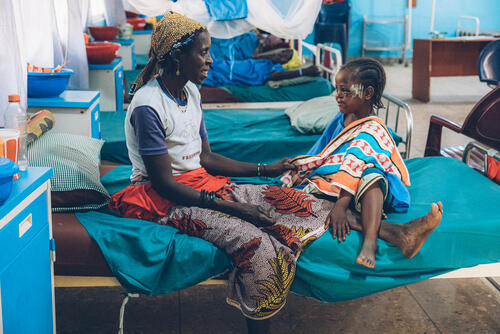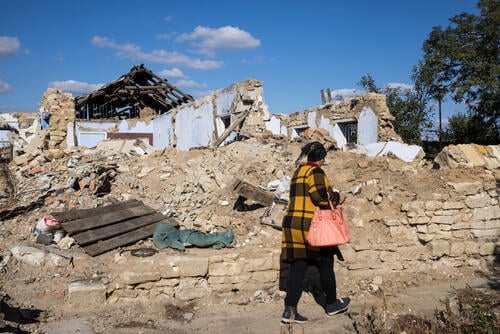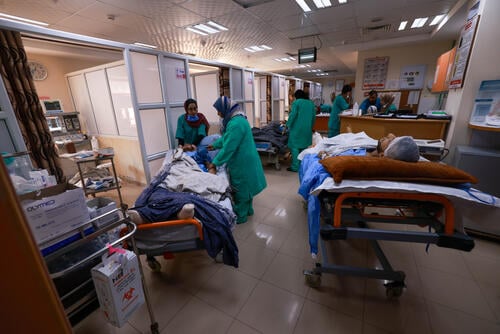Amsterdam – The little-known but life-threatening disease, noma, is one step closer towards being recognised as a neglected tropical disease (NTD) after Médecins Sans Frontières (MSF) supported Nigeria’s request to the World Health Organization (WHO) to add it to its list of NTDs.
After a three-year international advocacy and communication campaign, a representative from the Federal Ministry of Health of Nigeria shared the dossier on noma with WHO offices in Abuja, Brazzaville and Geneva, in January 2023. MSF supported Nigeria in finalising the dossier and engaging with the co-sponsors, which include 30 countries from five WHO regions.
Noma is a preventable and treatable disease that affects people living in poverty, especially young children, and is associated with malnutrition and unsanitary living conditions. Mostly it affects people in isolated communities who have limited access to healthcare and vaccinations.
There are very few other infectious diseases with such a high death rate and killing people so quickly.Mark Sherlock, MSF health advisor for Nigeria
The disease starts as an inflammation of the gums but spreads rapidly, destroying facial tissues and bones. If left untreated, up to 90 per cent of people affected will die, usually within a short time. Those who survive are left with severe facial disfigurement that can make it hard to eat, speak, see or breathe. Survivors often face stigma because of their disfigurement.
“There are very few other infectious diseases with such a high death rate and killing people so quickly,” says Mark Sherlock, MSF health advisor for Nigeria. “People die from noma because of limited knowledge about the disease and how to detect it. More effort is needed to detect cases early and identify survivors.”
The request for noma’s inclusion on the WHO’s list is in line with the resolution on oral health adopted in 2021 at the 74th World Health Assembly, recommending that “noma should be considered for inclusion in the NTD portfolio as soon as the list is reviewed in 2023”.

The WHO Strategic and Technical Advisory Group for Neglected Tropical Diseases (STAG-NTDs) defines a neglected tropical disease as one that disproportionately affects people living in poverty and causes significant morbidity and mortality, including stigma and discrimination, justifying a global response; that primarily affects people living in tropical and sub-tropical areas; that is immediately amenable to broad control, elimination or eradication by applying one or more of the five public health strategies adopted by the Department for Control of Neglected Tropical Diseases; and that is relatively neglected by research.
The WHO will take the final decision on whether to add noma to its list of neglected tropical diseases during one of its biannual meetings in 2023.
“The inclusion of noma in the list would shine a spotlight on the most neglected of neglected diseases, facilitating the integration of noma prevention and treatment activities into existing public health programmes and the allocation of much-needed resources,” says Sherlock.
“We want children to be screened in endemic countries for noma from the first sign of symptoms, when lives can still be saved. Noma is a disease that should no longer exist.”






